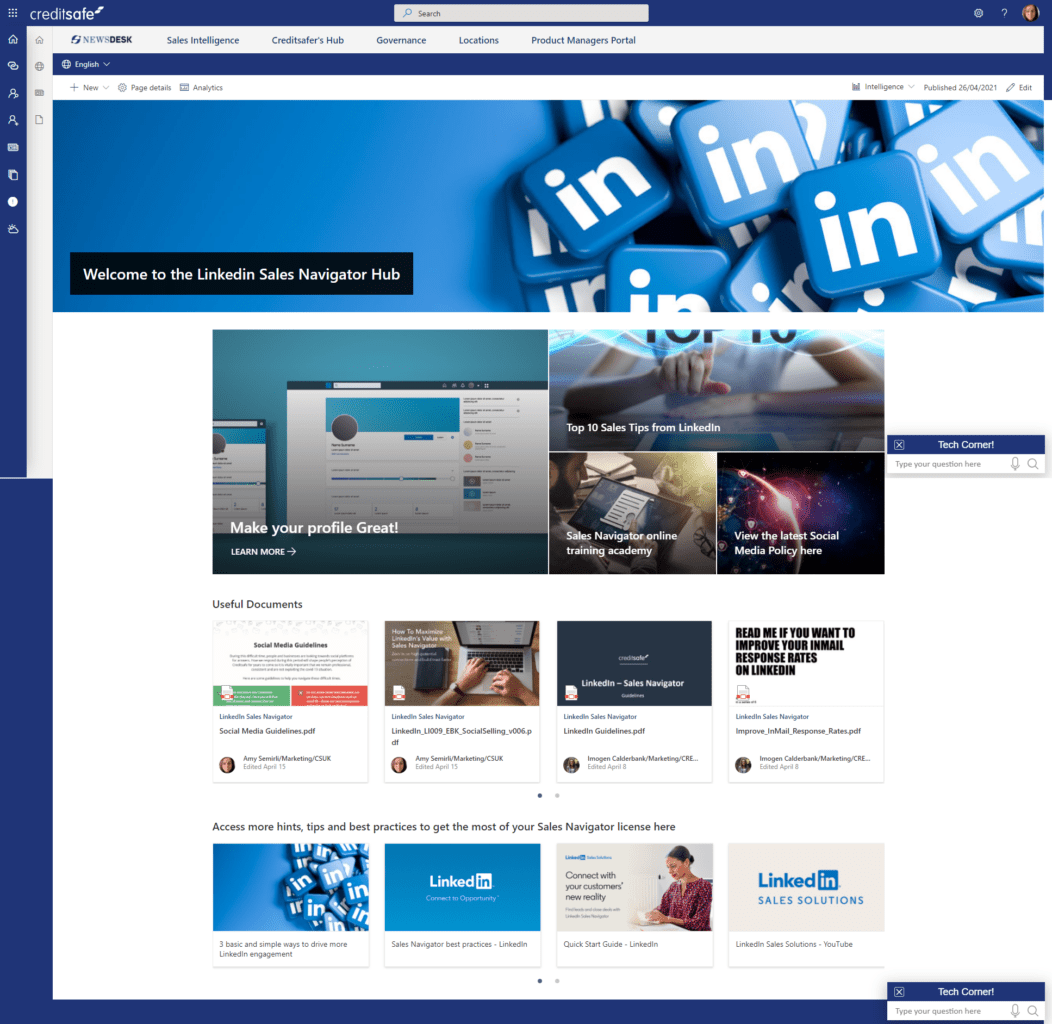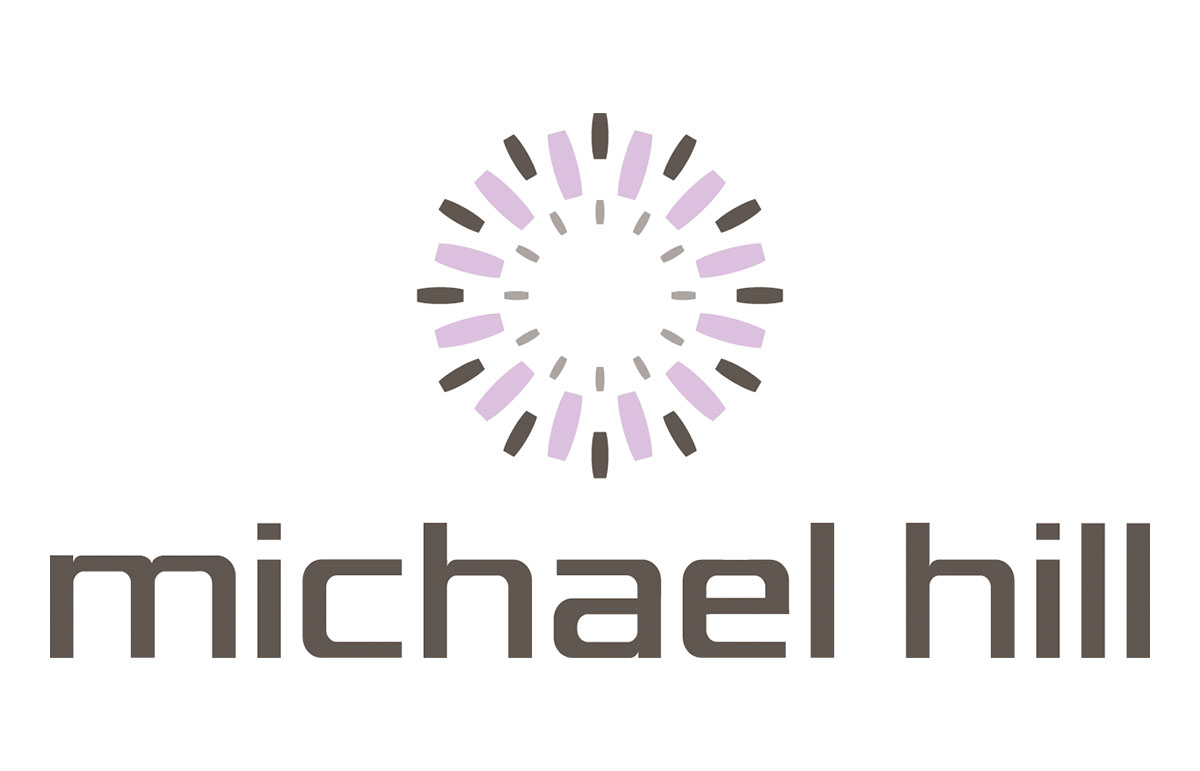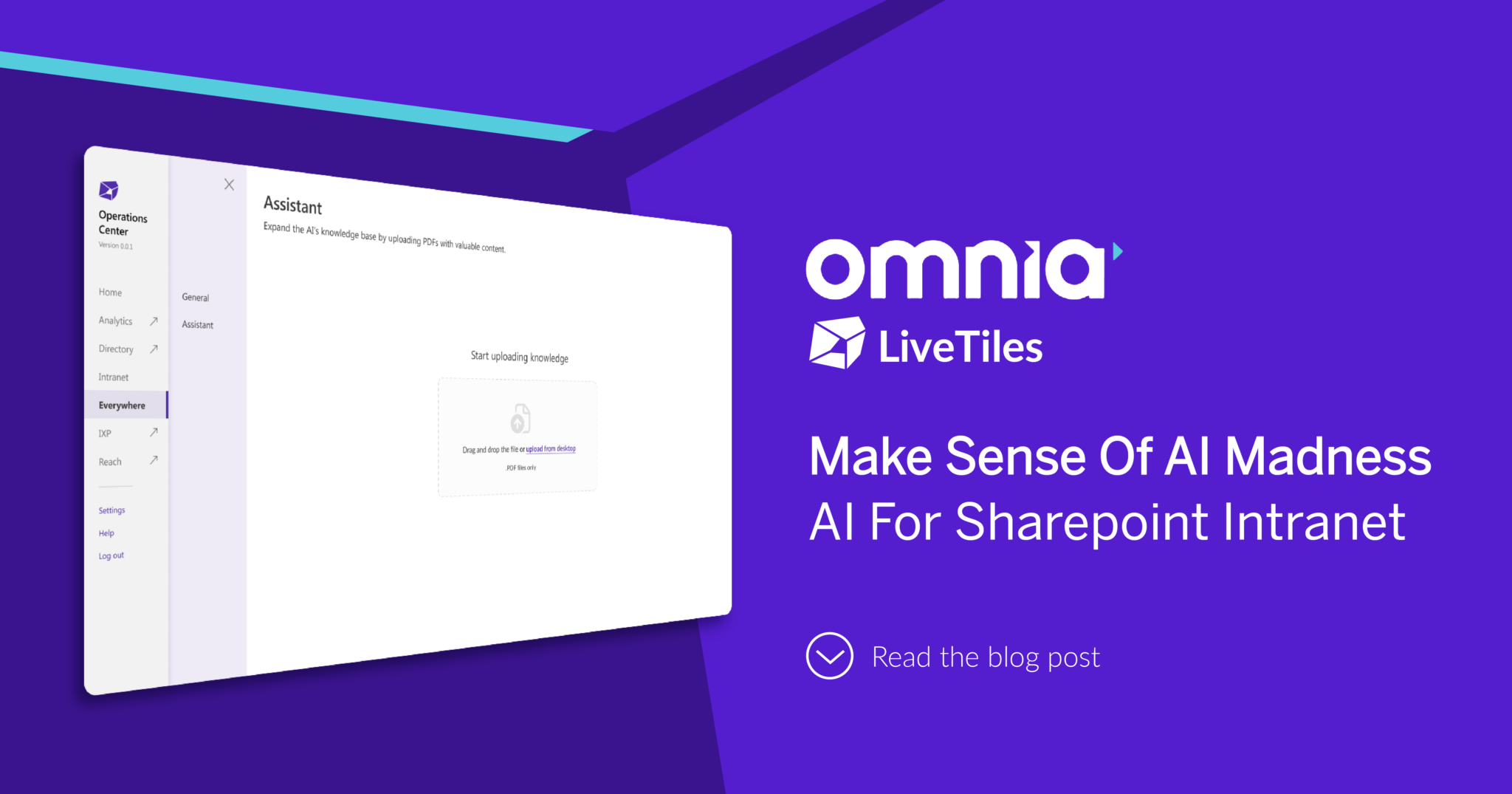Is your clunky intranet hindering productivity and employee engagement? You’re not alone. Many companies struggle with outdated intranet designs that make it difficult for employees to find information, collaborate with colleagues, and stay informed. But fear not! Here, we’ll explore best practices for intranet design to transform your digital workplace into a hub for productivity and connection.
5 Best Practices for User-Centered Intranet Design
1. Prioritise User Needs for Easy Access and Navigation
An effective intranet starts with a deep understanding of your employees’ needs. Conduct user research to identify their biggest pain points with the current system. What information do they access most frequently? How much time do they waste searching for documents?
Once you understand user needs, design an information architecture that prioritizes ease of access and navigation. This means clear menus, intuitive search functionality, and logical folder structures. Don’t overwhelm users with information overload; prioritize surfacing the most relevant content for different user roles.
Example: A manufacturing company might create a dedicated section for safety protocols and training materials, easily accessible to all employees.
2. Foster Collaboration with Multiple Communication Tools
Move beyond the static document repository model. A modern intranet should be a dynamic platform for communication and collaboration. Integrate features like chat, discussion forums, and social media elements to encourage real-time information exchange and knowledge sharing.
A study by McKinsey & Company found that companies that excel at collaboration outperform their peers by up to 85% in sales growth.
Case Study: Michael Hill, a global jewellery brand, implemented an intranet with built-in chat features. This allowed store managers to connect with headquarters for quick troubleshooting and support, significantly improving customer service response times. Read more about Micheal Hill’s implementation of a modern intranet that runs on Sharepoint.
3. Personalise the Experience for Increased Relevance
A one-size-fits-all approach to intranet design is a recipe for low user engagement. Personalise the user experience by tailoring content feeds and dashboards to individual roles and departments. When employees log in, they should see information relevant to their day-to-day tasks, eliminating the need to sift through irrelevant content.
Example: A marketing team might see updates on social media trends and campaign performance on their intranet homepage, while the finance department might see the latest stock prices and financial reports.
4. Optimise for Mobile Access: A Must for Today’s Workforce
With an increasingly mobile workforce, intranet accessibility on smartphones and tablets is no longer optional. Ensure your intranet has a responsive design that adapts seamlessly to different screen sizes. Develop a mobile app for easy on-the-go access to documents, communication tools, and company resources.
Consideration: For geographically dispersed teams or deskless workers, mobile access is crucial for staying connected and informed.

Case Study: Honegger AG implemented a mobile-friendly intranet app for their frontline staff. This allowed frontline staff to access critical information like delivery schedules, customer addresses, and route maps while on the road, leading to improved efficiency and customer satisfaction. Read more about Honegger AG’s implementation of a modern Intranet that boosts community.
5. Continuously Analyse and Refine Based on User Data
The best intranet designs are constantly evolving. Don’t just launch your intranet and walk away. Regularly analyse user data to understand how employees are interacting with the platform. See which features are most popular, what content is being consumed, and identify any areas with low engagement.
Use this data to refine your intranet and prioritise improvements. A/B test different layouts and functionalities to see what resonates best with users. By continuously iterating based on data, you can ensure your intranet remains a valuable and engaging resource for your employees.
The Best Practices of Intranet Design with LiveTiles
LiveTiles Intranet caters to both intranet users and administrators. Users benefit from features like targeted information updates, control over their content feeds, and personalised workspaces. Administrators enjoy a user-friendly content management system that allows for targeted content delivery, intuitive information organization, and seamless branding integration. Ultimately, LiveTiles Intranet empowers both users and administrators, fostering a more productive and collaborative digital workplace.
Several positive quotes highlight the success of LiveTiles Intranet, including improved employee autonomy and collaboration. If you’re looking to transform your intranet, LiveTiles offers a comprehensive solution designed to boost employee engagement and streamline communication. Their features include support for multiple languages, personalised experiences, clear communication tools, and strong branding options. Book a demo today to see how LiveTiles Intranet can update your digital workplace!











